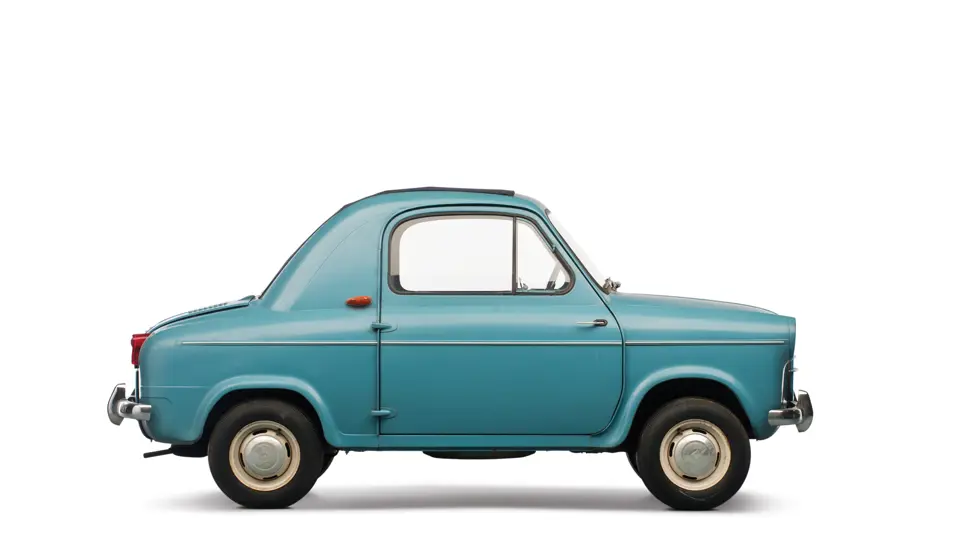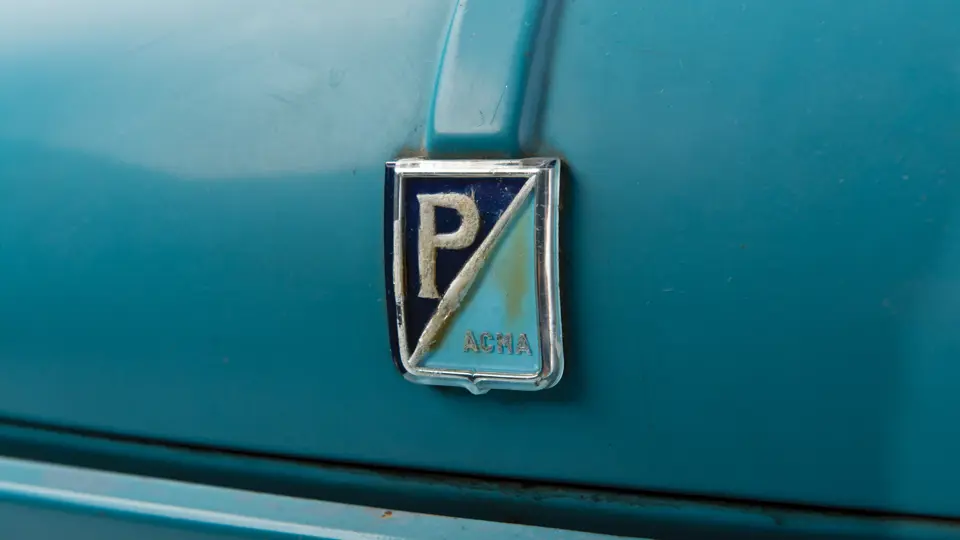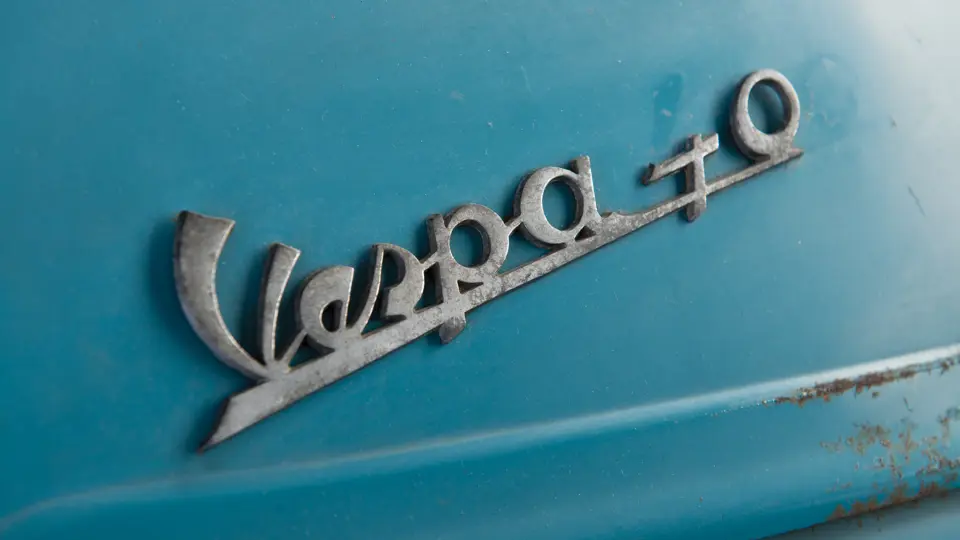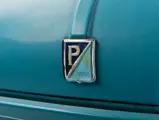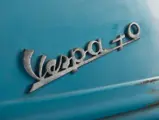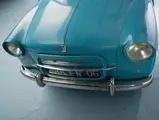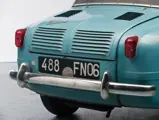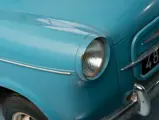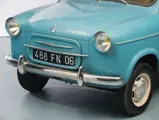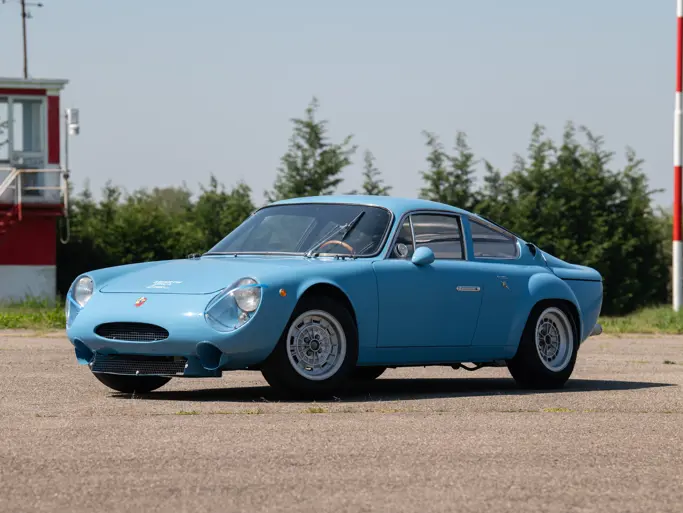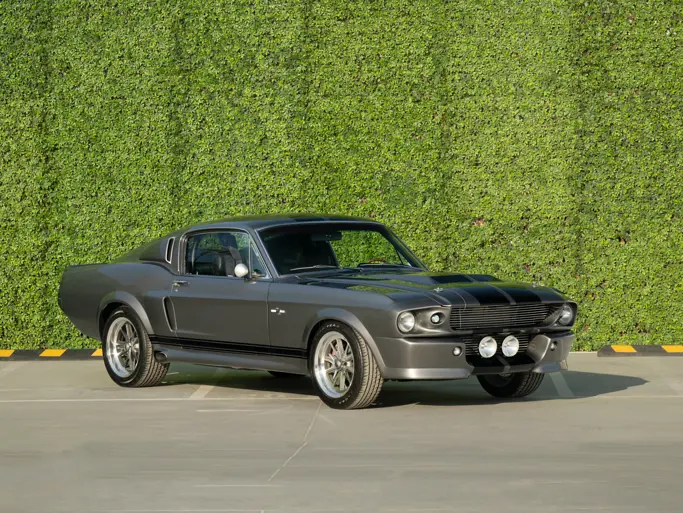Very original example with desirable roll back roof.
SPECIFICATIONS
Manufacturer: Ateliers de Construction de Motocycles et Automobiles
Origin: Fourchambault, Nievre, France
Production: 28,000
Motor: Piaggio 2-cyl, 2-stroke
Displacement: 393 cc
Power: 14 hp
Length: 9 ft. 4 in.
Identification No. 06938
The Italian Piaggio Company had been responsible for the worldwide phenomenon of the Vespa scooter. Early on, it was recognized that youthful scooter buyers would be moving on to a small car at some point, and Piaggio should be ready for that eventuality with their own Vespa car. Work on the vehicle by the scooter team had begun in 1952, but it would be five years before the little car would make its debut. This long development period resulted in one of the most well-engineered, extensively tested, nicely-finished, and competent of all the microcars.
Fiat had total domination over the Italian small car market and would not allow an incursion into their territory by an upstart car manufacturer. Piaggio had a sister company in France, A.C.M.A., which was already producing Vespa scooters at the rate of 260 per day, and with nearly 3,000 employees, it had production capacity to spare. Also, France had no small-car manufacturer able to produce a microcar in sufficiently large quantities.
An announcement at the Paris Salon of 1956 whetted the public’s appetite, and prototypes were seen being tested during that winter. The car’s formal introduction to the public took place in the Principality of Monaco, with three renowned grand prix drivers. It was a huge sensation at the Paris Salon of 1957.
The pretty little coupe with a rollback roof compared favorably with the stylish Autobianchi Bianchina, apart from its smaller two-stroke motor. The shell was a monocoque, with a unique and advanced strut suspension that could handle France’s cobblestones with ease. The battery was in a pull-out drawer in the nose, and the motor was high-tech, with the carburetor intake fitted to the crankcase, a form of rotary valve, requiring a much leaner than usual 50:1 oil-gas mixture. The engineers at A.C.M.A. feared engine damage by repeated careless 20:1 gas station fill-ups, and they soon developed an onboard oil metering system.
This lovely blue example features the rollback roof and is in largely original but very good condition, still wearing its cream-colored wheels, and it even bears such original features as the Cannes Motors dealership sticker. The interior is in very good condition as well, and it features upholstery that is very festive for the depressed times and is somewhat evocative of the loud interiors featured on pre-war luxury French cars like Avions Voisin.
Vespa made an experimental incursion into the U.S. import market, where the 400 had a major price advantage, being two-thirds the cost of a Volkswagen. The U.S.-model was distinguished by its large sealed-beam headlamps. A surprising number were sold: 514 in 1959 and 1,138 in 1960. Sales had dropped dramatically by 1961, and A.C.M.A. returned to scooter production.

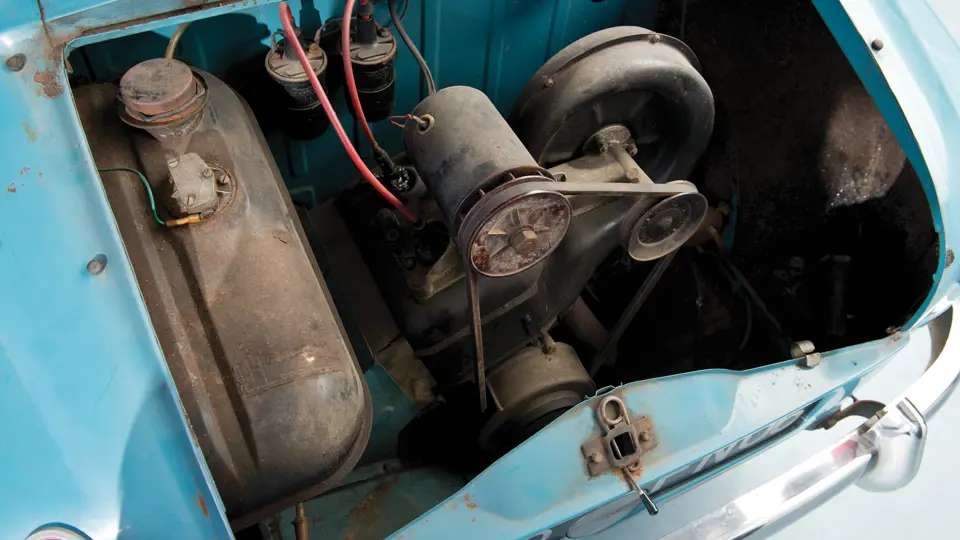


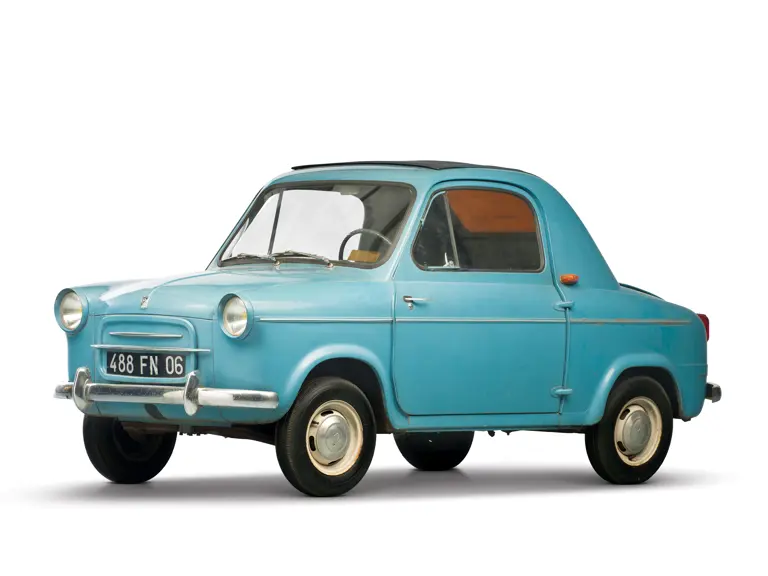
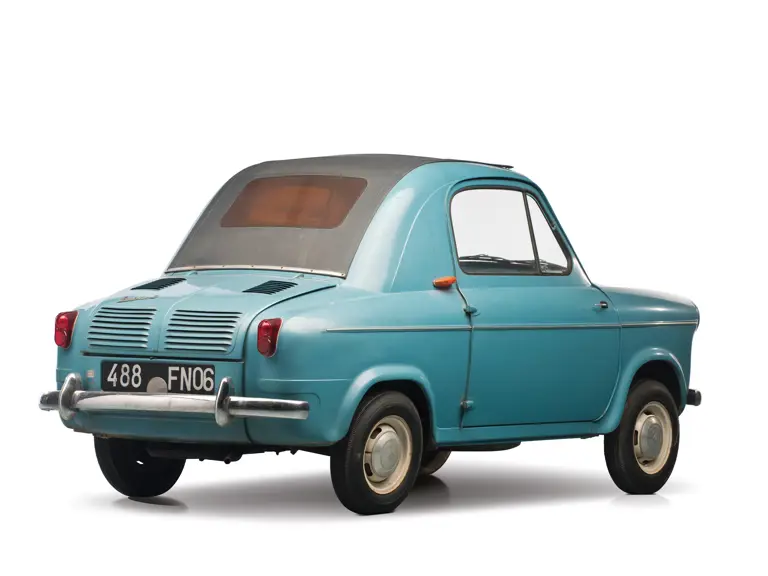
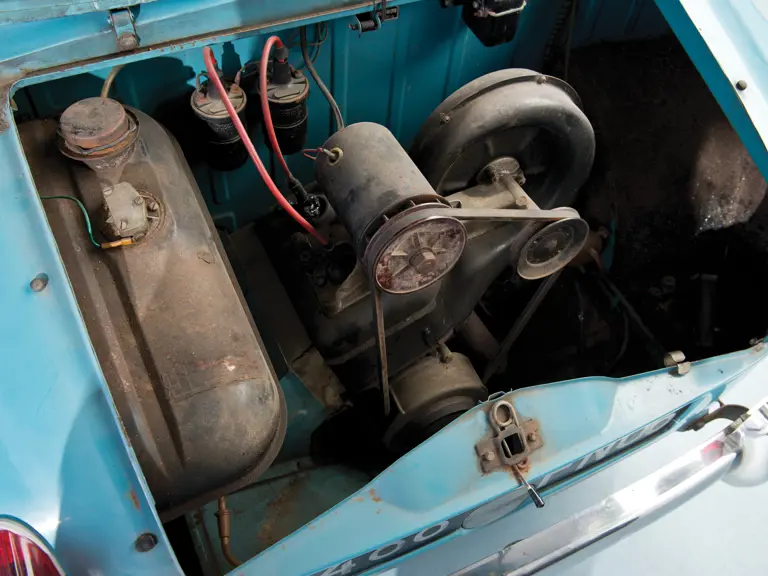
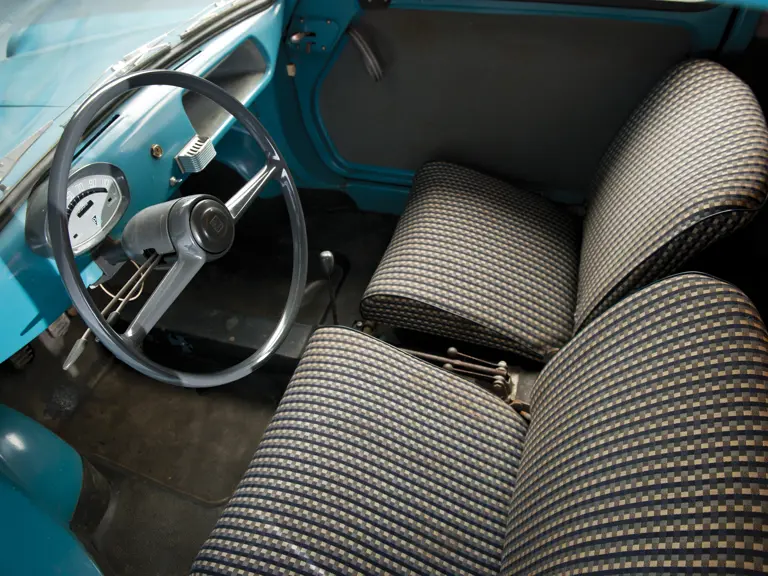
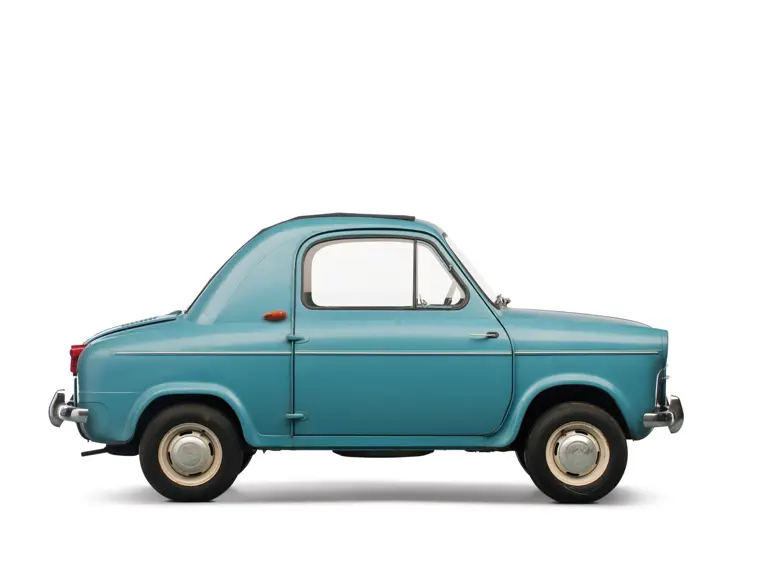
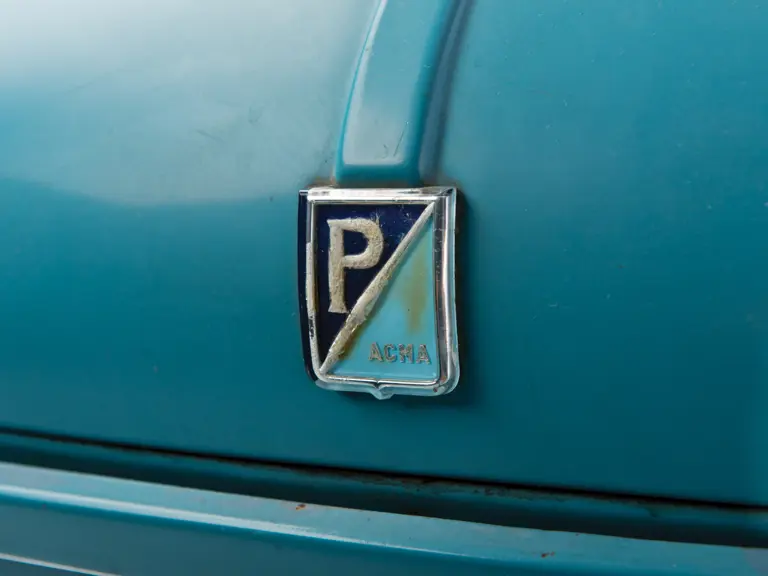

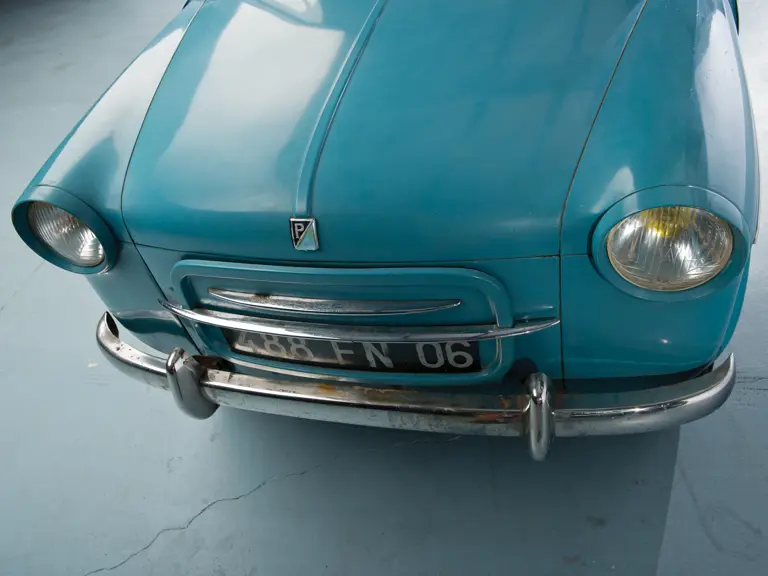
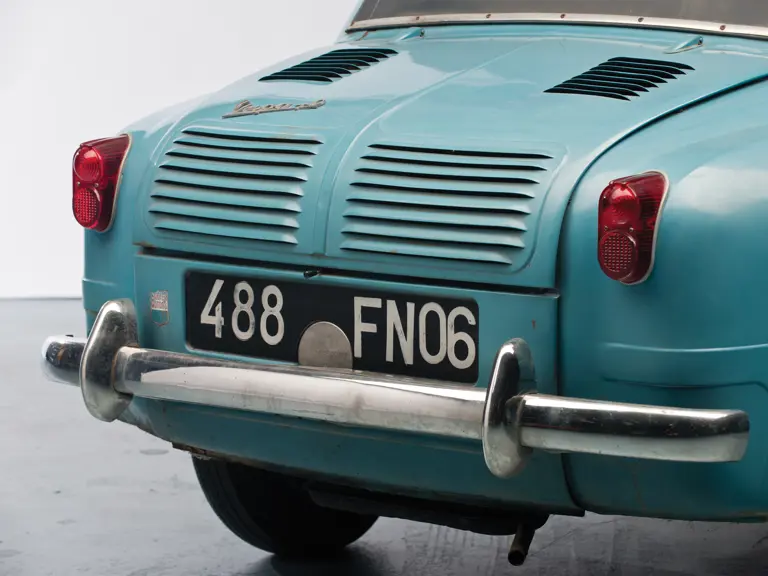
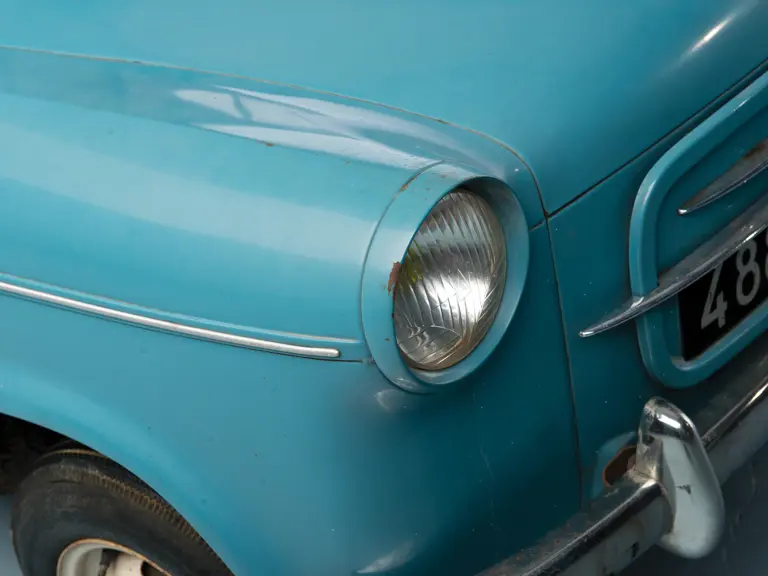
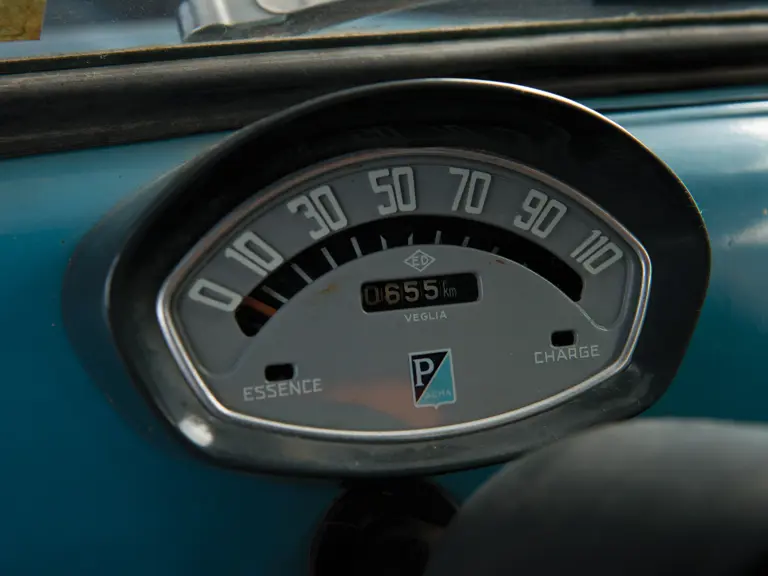
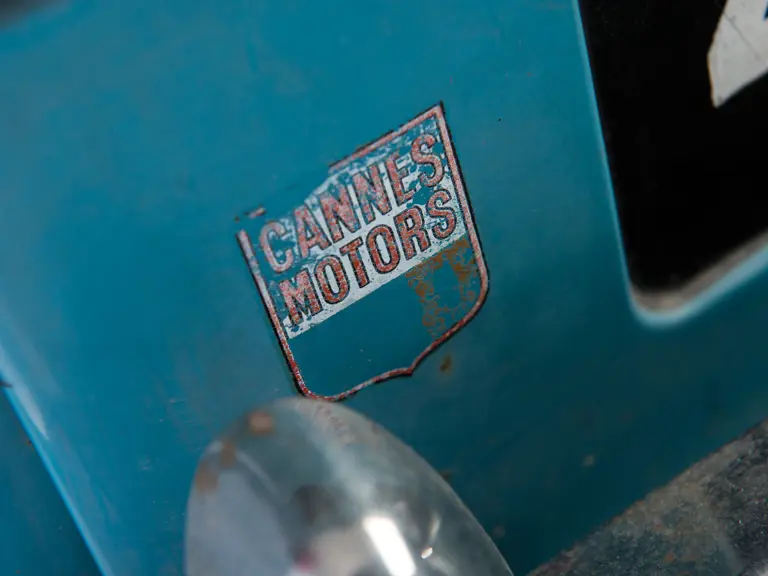
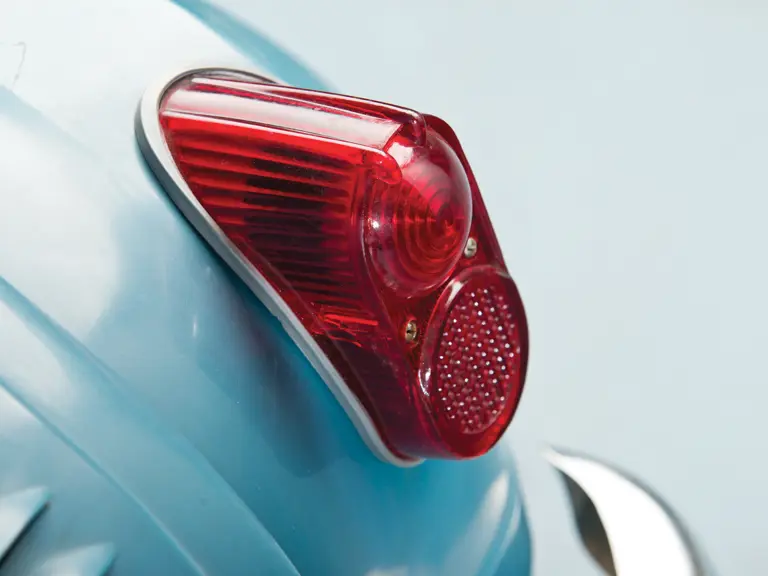
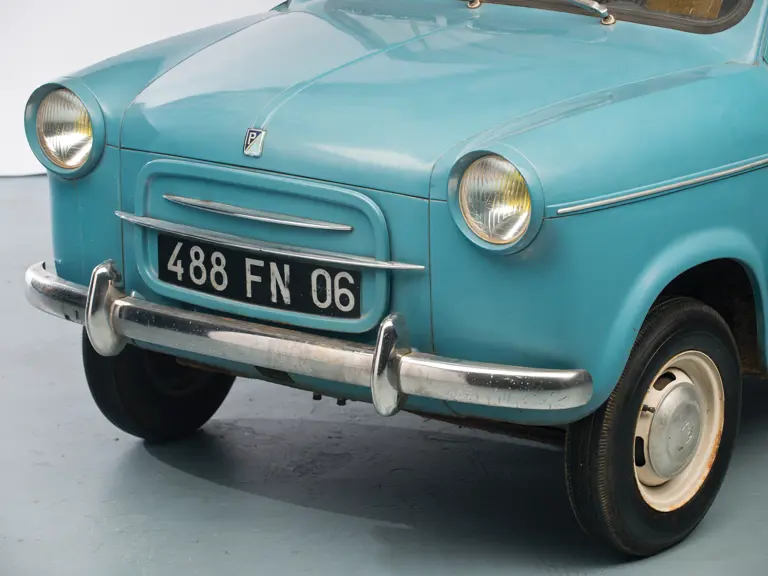
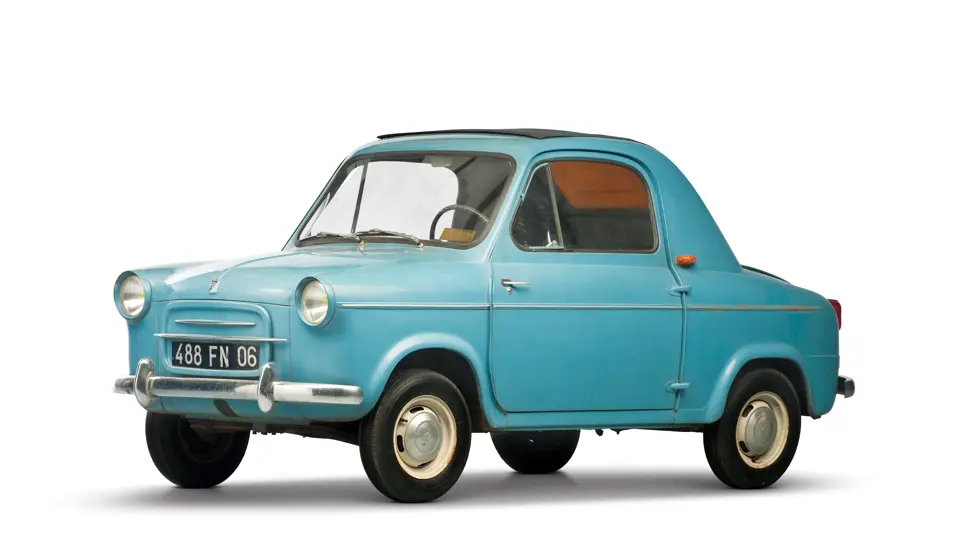
 | Madison, Georgia
| Madison, Georgia
